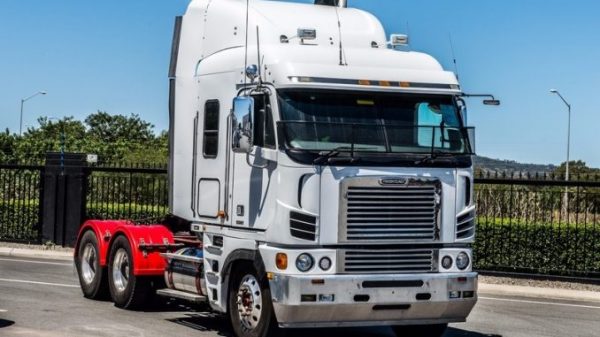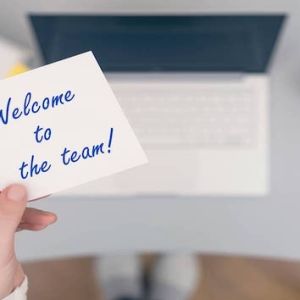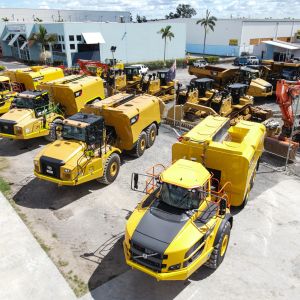Saving a buck at tax time
A dollar saved is a dollar earned. It’s an old saying, and I sometimes get concerned that many people and companies often forget the basics. Crikey, even some senior financial editors and economic commentators don’t understand the difference between revenue and profit, so one wonders what hope there is for coming generations when such basic fundamentals are missed. For all our readers, now is the time you can make smart financial decisions for your business through things like tax planning. So here is what you need to know about the End of Financial Year Instant Asset write off.
The $20,000 instant asset tax write off is available to all small businesses with an annual turnover in this financial year of $10 million or less. The concession is due to expire on June 30, 2018, but the Federal Budget has included extending the concession for another year. This assumes that the Budget gets approved in the Senate, which is not a done deal. The Government has said the full Budget needs to be passed, so if it is rejected by the opposition and/or the minor parties, the write off would be reduced to only $1,000 for the 2018/2019 year. A bird in the hand as they say – best to do it this year…
What the concession means is that these small businesses can buy assets with a value of less than $20,000 and claim the full cost in this financial year. Normally, an asset would have to be depreciated over a period of time, with the difference being that by incurring the full cost this year, you reduce your profit and hence the tax you have to pay this year (instead of over several years). This gives the business more cash now to invest and grow the business, and encourages businesses to invest money in assets that benefit the business and make it more productive and profitable.
Typical assets that earth moving businesses can use this for include:
- Attachments, such as buckets, rippers, compaction plates, some rock breakers
- Computers, mobile phones, and other technology that can make you more efficient
- Storage solutions, tooling, vehicles and trailers etc.
It is surprising how many people misunderstand aspects of this scheme. Typical misconceptions include:
- The allowance is for $20,000 per company per year – wrong, the $20,000 refers to the maximum value of each asset, and there is no limit to how many assets can be included in the year.
- The asset does not have to be new, it can be used. The key is that it is related to the purpose of the business, for instance a machine or attachment for an earthmoving business would qualify, but the mower for the home wouldn’t.
- Only the business portion can be deducted, not any personal use portion. A typical example is if the business purchased a motor vehicle that has private use also.
- The asset must be first used or installed ready for use in the income year you are claiming it.
- The item needs to be purchased and paid for in the financial year. You can’t pay it next year, for instance through a finance arrangement or by not having paid your supplier for the item. So buy NOW, not in a few weeks’ time.
- And my “favourite” – you don’t “get the $20,000 back on tax”. You are reducing your profit by up to $20,000, which means that you have $20,000 less to be taxed on. The saving depends on your company structure, but for a company paying say 30% company tax, the saving on a $20,000 purchase under the scheme is $20,000×30% = $6,000 in less tax you must pay (assuming of course, you made a profit).
As an aside to this topic, straight repairs and replacement parts can be written off to their full value (even above $20,000) in the current financial year. So, if you’ve had a good year this year and either expect a drop next year (or even just to reduce the tax this year to ease your cash flow by bringing forward your tax deduction), you would be wise to take delivery of or have repairs completed before the end of the Financial Year.
I read several “expert” articles on this topic before penning this piece, and all of them had at least one fact wrong (I might too…). I am not a financial adviser or tax expert and not up to date with your situation, so as always, you must seek your own advice, yada, yada, yada.
Heavy Vehicle overhaul
RDW and many of our customers rely on heavy vehicle transport, and moving machinery around is not only a major cost, but a major headache in some cases. I therefore encourage you to talk to your industry associations and help support the National Road Transport Association (NatRoad) and Australian Trucking Association (ATA) in their push for a Senate inquiry into the National Heavy Vehicle Regulator (NHVR) and a review of oversize/overmass (OSOM) and vehicle permits systems.
Some of the aspects that should be looked at by any review include:
- NHVR was set up to overcome the need to apply to different Government departments for approvals. NHVR is now one contact point, but has not been given powers to do its job and has hence become an additional level of bureaucracy. For example, to drive from Perth to Brisbane requires all the Asset owners (read: Federal, multiple State and multiple Council departments – there are over 400 different road asset managers…) to approve and ask questions. The applicant doesn’t know where in the process the approval is being held up, with examples already provided of trucks stuck on the road because they had approval for the start and end part of the route, but not the middle… With the costs of trucks, pilots etc, this can be thousands of dollars per day. In total, trucking operators spend 4.5 million days per year (!) waiting for approvals to move freight. Using barges is once again an alternative in some situations.
- Permit applications are treated on a case by case basis, with no data transferred between applications. So, the same company must apply for the same journey every time (even for the same piece of machinery), and start the process afresh. The simple solution would of course be to:
- Have set parameters around a given route
- Set a time limit (perhaps 48 hours) on each application for rejection (including giving grounds) otherwise the approval is automatically granted
- Previous approvals are seen as acceptance.
But of course that would be too logical, and what would all these people who currently do these jobs do??? Surely we can use their expertise in other areas where they actually would add value, and save tax dollars as well as make our industries more efficient. I guess I’d be dreaming if they actually went one step further and looked at things like having the same design rules in different States, consistent fatigue and log book requirements, a review of the need for police escorts when pilots are used (you know, so police can concentrate on law enforcement instead), spending a few dollars to permanently raise power lines (instead of requiring someone to lift them up with a pole each time), and allowing more than one attachment to be transported with each machine. I’m sure some of our valued readers will respond with their own stories and head spin examples too!
As always, onwards and upwards!
Fred Carlsson
General Manager





